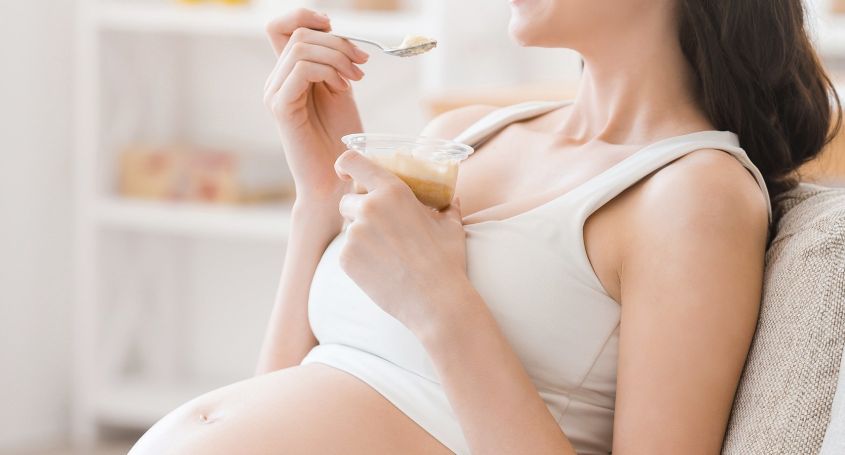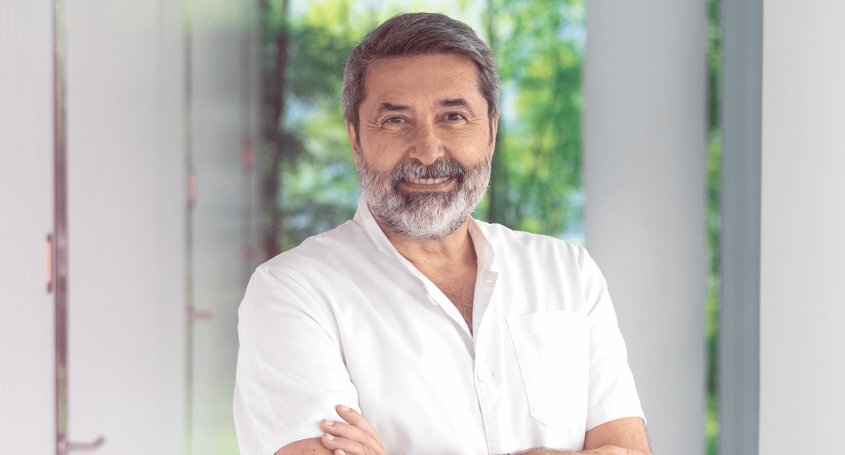Age is the most important factor related to a low ovarian reserve and to fertility. Along the years, the quantity and quality of eggs always decreases. To determine the ovarian reserve (the capacity of the ovaries to produce eggs), a series of tests are carried out in women who have unsuccessfully been trying to get pregnant for more than a year. In this way, the response of the ovary to ovarian stimulation is being evaluated. Generally, this diagnosis generates many doubts and concerns, which we have explained in our previous post on this subject and will be resolved deeply in this second instalment.
There are various tests to assess a woman's ovarian reserve, but the ones with the greatest predictive value are the study of antral follicles and a hormonal profile.
What is the antral follicle study?
The study of antral follicles consists of an ultrasound at the beginning of the cycle in which follicles in the ovaries with a size of between 2 and 9 mm are being counted. If a number equal to or greater than 8 is observed, it is usually an indicative of a good ovarian reserve. The more antral follicles we see, the better ovarian reserve can be expected.
What is hormone profiling?
The hormone profile consists of a blood test that assesses ovarian function. Classically, the hormones FSH and oestradiol are requested between the 2nd and 5th day of the cycle, but nowadays there is a hormone known as AMH (anti-Müllerian hormone), which can be requested at any time during the cycle and which better assesses the woman's ovarian reserve. That being the case, the advantage is not having to wait for a specific day of the cycle to carry out the analysis.
- Follicle stimulating hormone (FSH): FSH levels indicate whether or not the pituitary gland has to make a major effort to initiate a natural cycle. The higher the values, the greater the risk of a lack of response to stimulation. A low ovarian reserve is considered to exist if the values are higher than 10 mIU/ml.
- Oestradiol: Oestradiol values between 25-75 pg/ml are considered normal, but values below 50 pg/ml are a great indicator of a fertile woman. Higher values may indicate low ovarian reserve.
- Anti-Mullerian Hormone (AMH): AMH acts by controlling the number of follicles that can be recruited in a cycle and also by decreasing the sensitivity of the follicles to FSH. AMH values of 2.0 to 7.0 ng/ml are considered good. A very low value indicates a worse prognosis. Nevertheless, AMH has a great advantage: it is independent of the woman's menstrual cycle and can be performed on any day.
What can I do if the test shows low ovarian reserve?
The ovarian reserve indirectly indicates the chances of pregnancy that you may have when performing an assisted reproduction cycle with your own eggs. Subsequent treatment will always depend on the results of the tests that were taken and the age and medical history of the couple. However, there is no proven method to improve a low ovarian reserve once it has been confirmed. Nonetheless, one of the options that could suit when the tests are very altered is to apply for egg donation .














